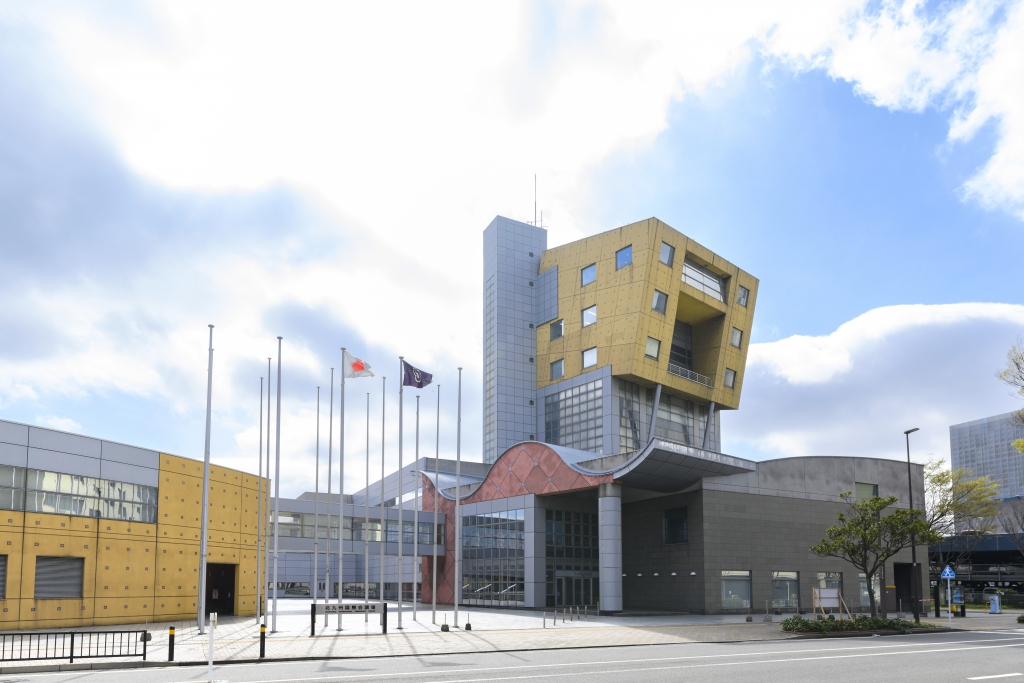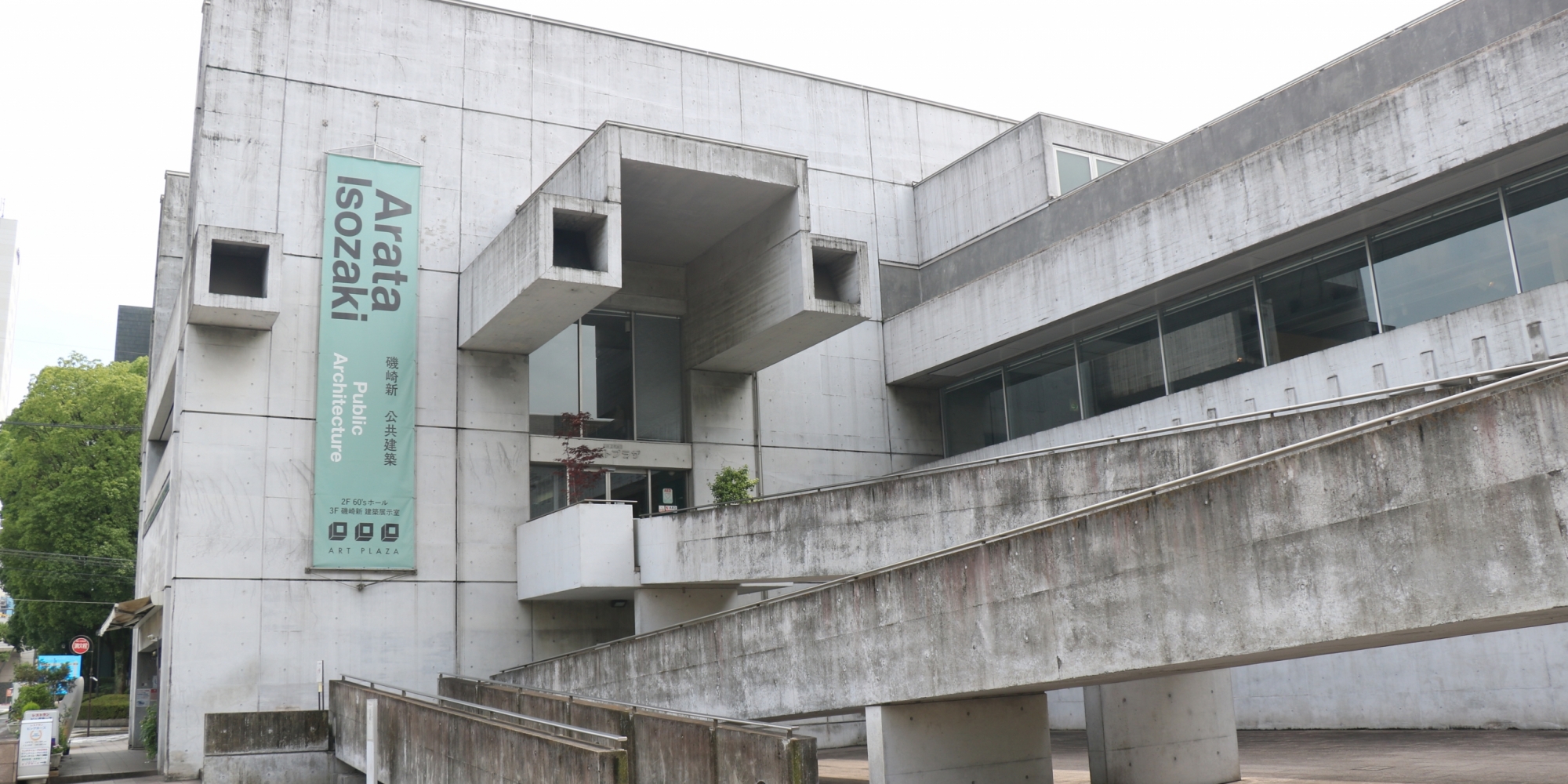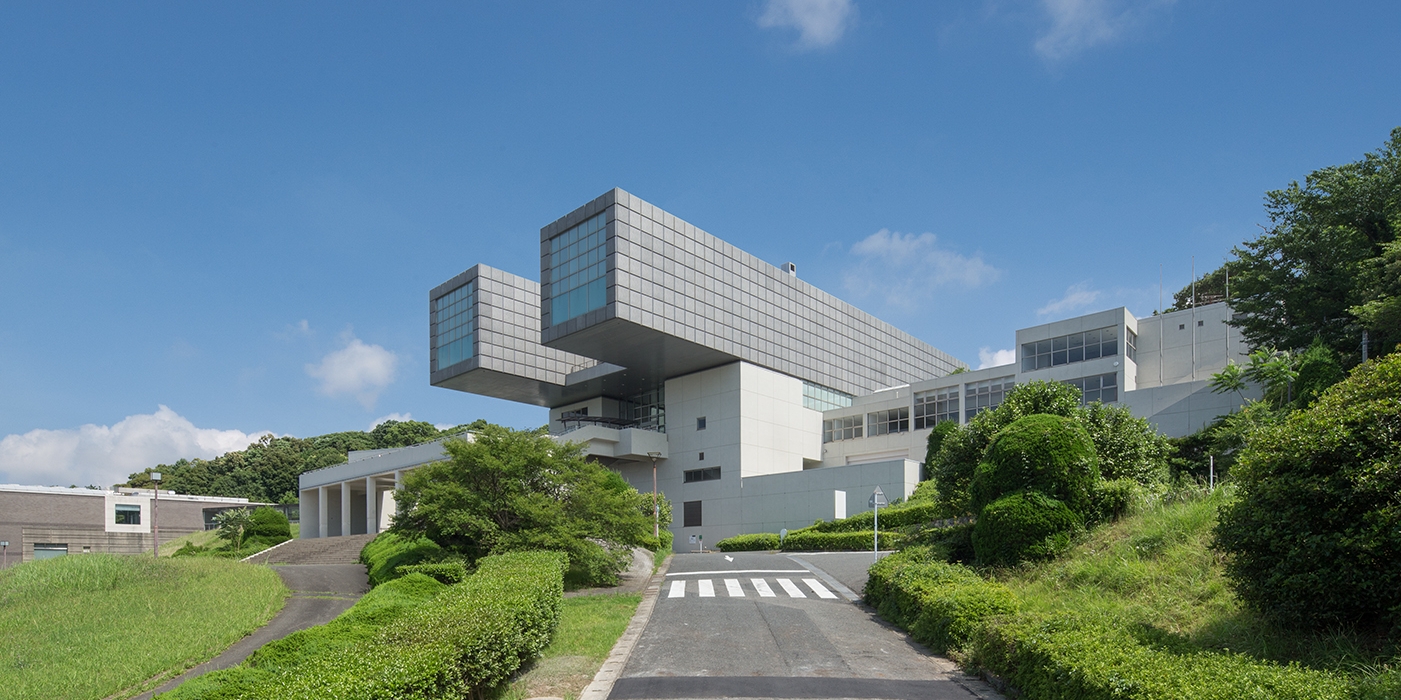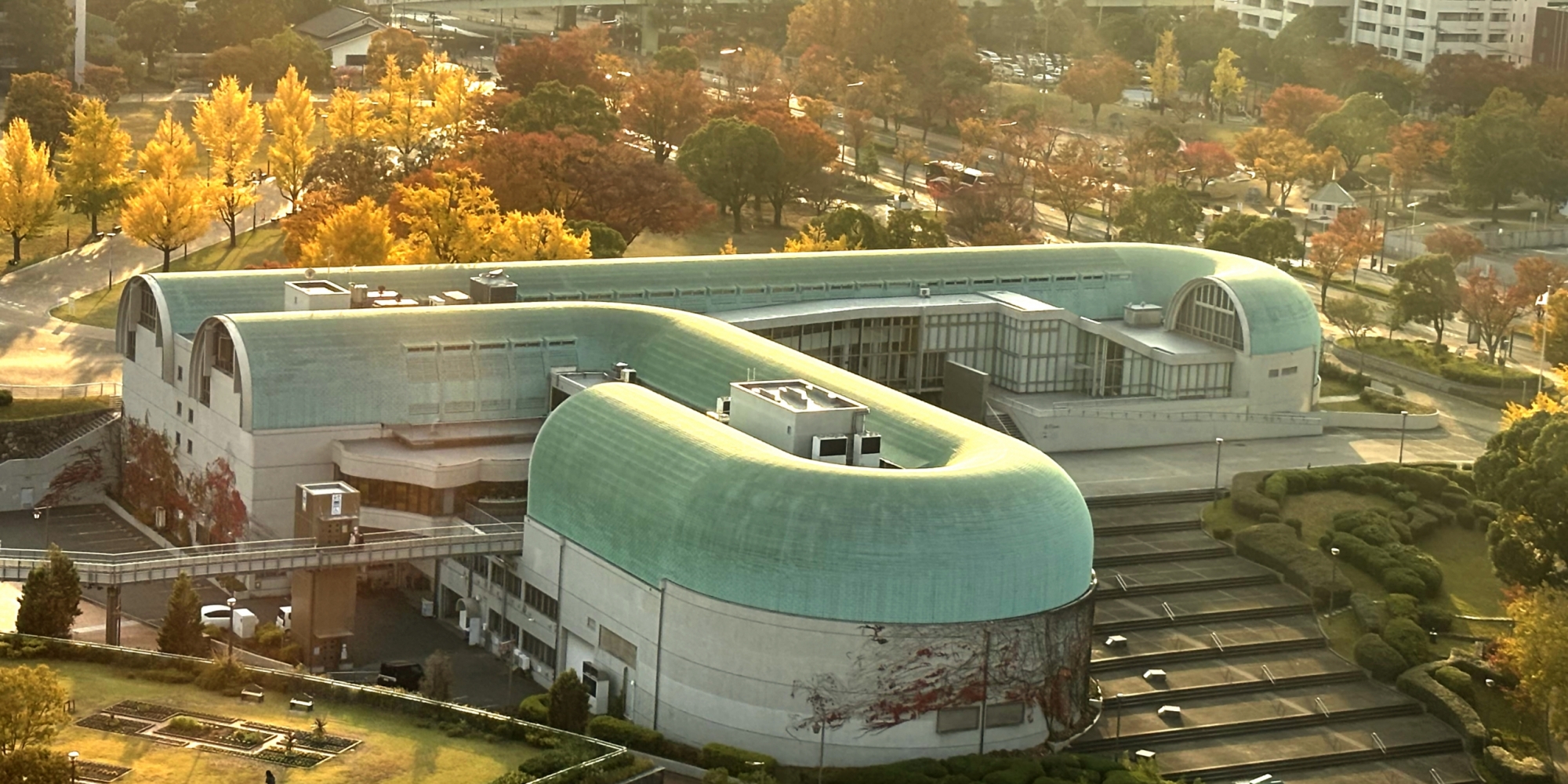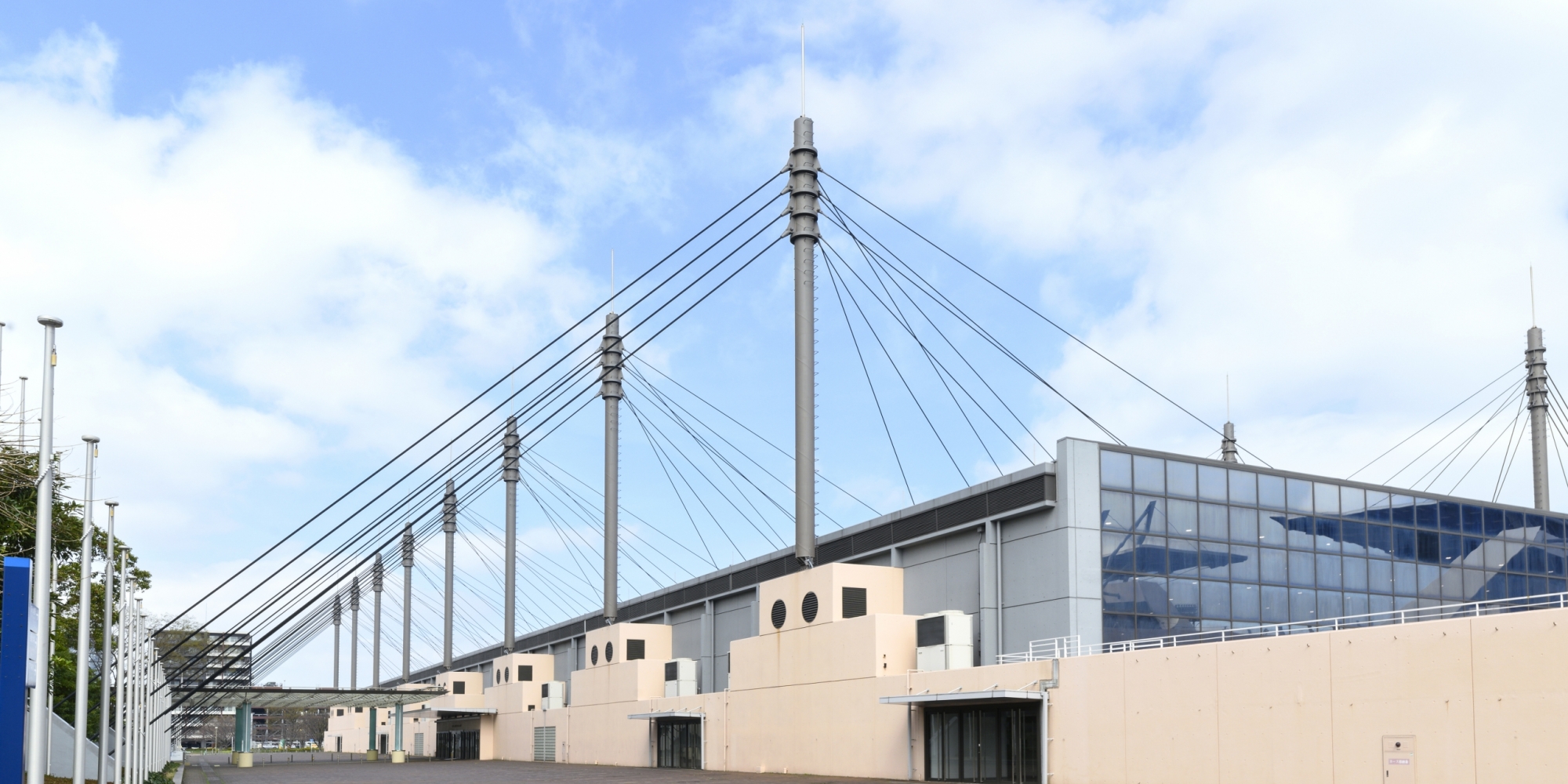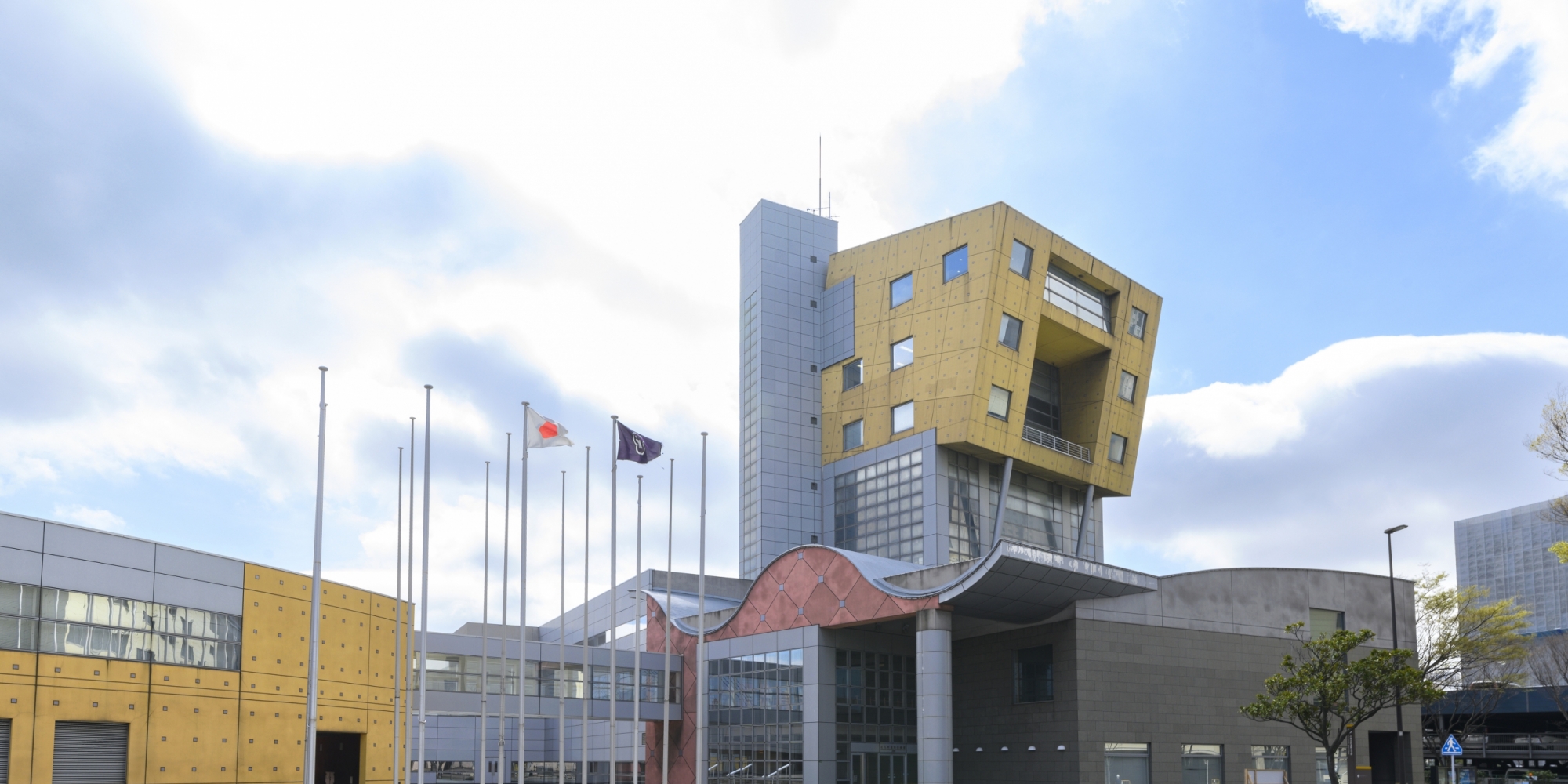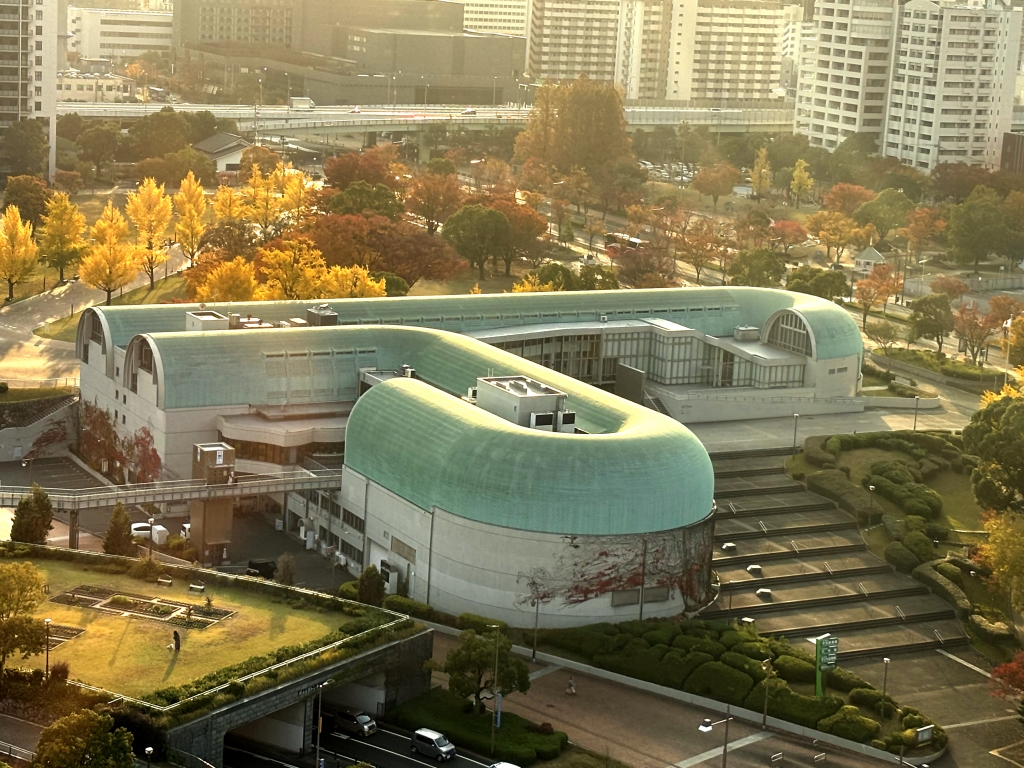Arata Isozaki Profile
ISOZAKI Arata
Architect and Author
Born: 23 July 1931, in Oita, Japan
Died: 28 December 2022, in Okinawa, Japan
Arata Isozaki [1931-2022].
Architect, writer, and thinker. Born in Oita City, he graduated from the Department of Architecture, Faculty of Engineering, the University of Tokyo in 1954, and joined Kenzo Tange's laboratory, where he worked with Kisho Kurokawa and others on the Tokyo Project 1960. 1963, he established Arata Isozaki Atelier; 1970, he designed various equipment for the festival square of the Japan World Exposition in Osaka; 1960s and 1970s, he worked on many architectural projects in Kyushu. In 1974, he completed his first museum buildings, the Museum of Modern Art, Gunma, and the Kitakyushu Municipal Museum of Art; in 1983, the Tsukuba Center Building was completed; from the 1980s onward, he worked on many overseas projects, including the Museum of Contemporary Art, Los Angeles, the Brooklyn Museum, and later the Qatar National Later, he expanded his activities to China, the Middle East, and Europe, including the Qatar National Convention Center, Milan Allianz Tower, Shanghai Symphony Hall, Hunan Provincial Museum, University of Central Asia, and urban planning in Zhengzhou, Henan Province, China.
In 1971, he published "To the Space" (Bijutsu Shuppansha), and since then, he has authored and co-authored many books on architecture, leading the architectural world in the postwar period and influencing a wide range of fields including thought, art, design, cultural theory, and criticism. In 2013, he published "Arata Isozaki Architectural Essays" (8 volumes), a collection of his writings over the past half-century. In 2019, he was awarded the Pritzker Prize, the Nobel Prize in Architecture, and in 2022, he died at his final home in Naha, Japan. He was 91 years old.
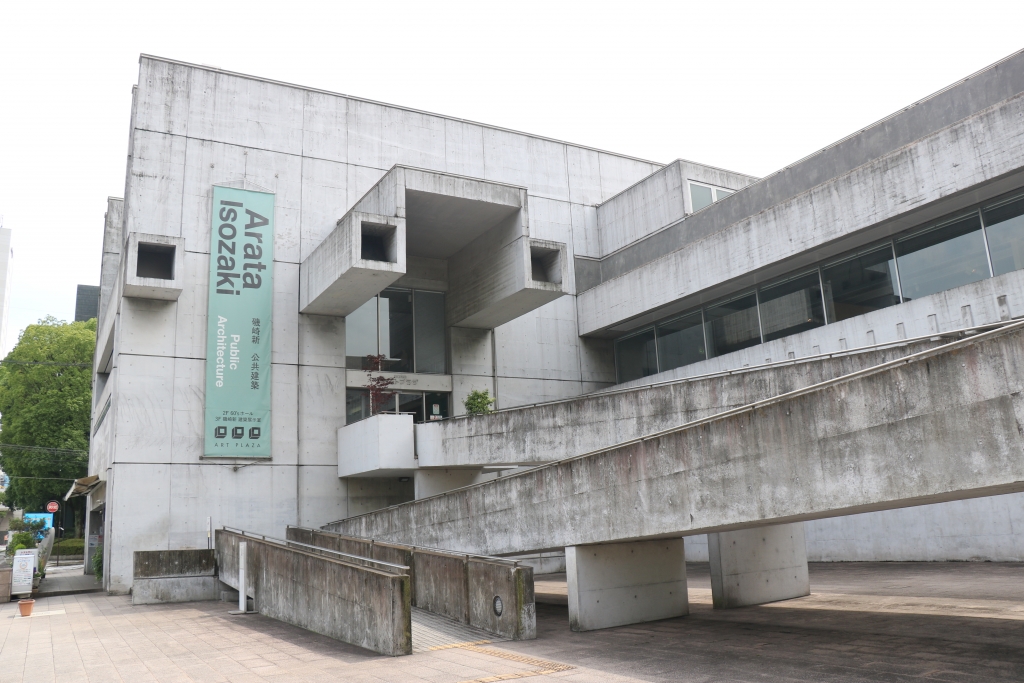
Former Oita Prefectural Library / Art Plaza
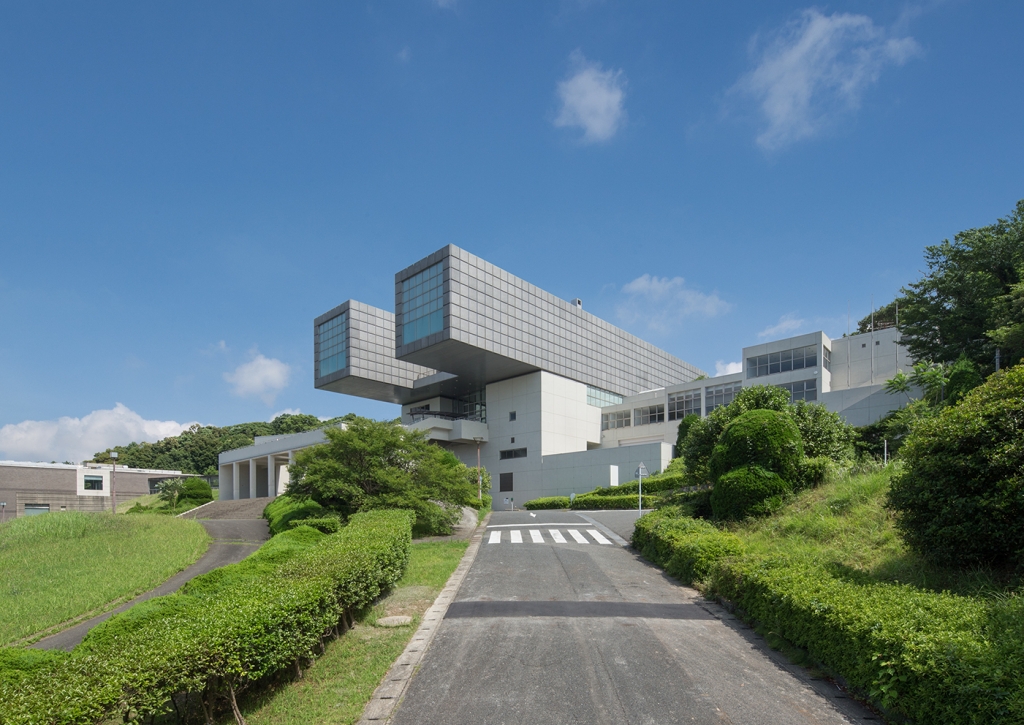
Kitakyushu Municipal Museum of Art
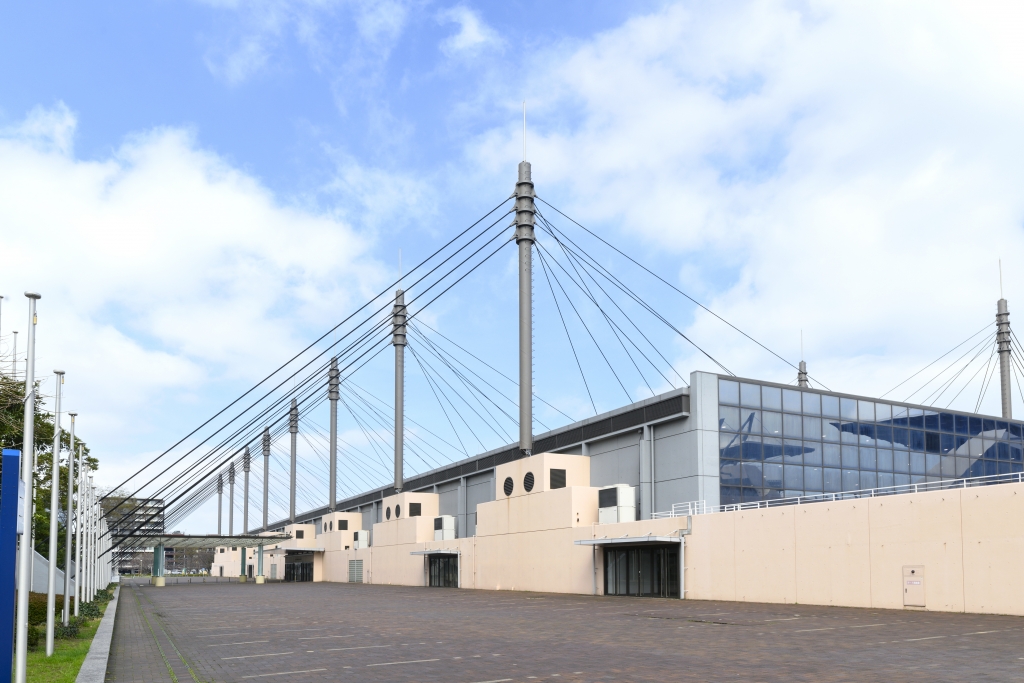
West Japan General Exhibition Center
